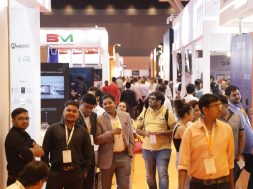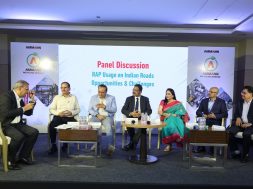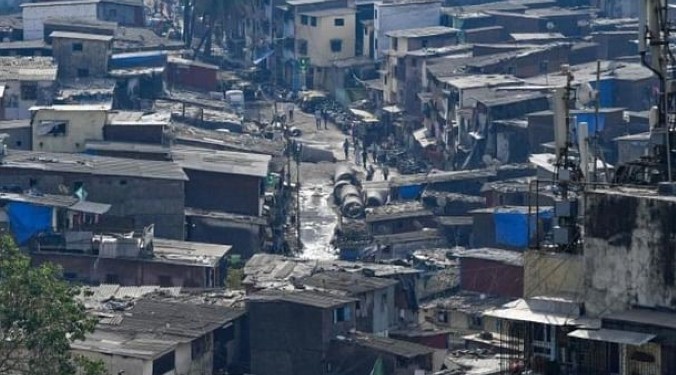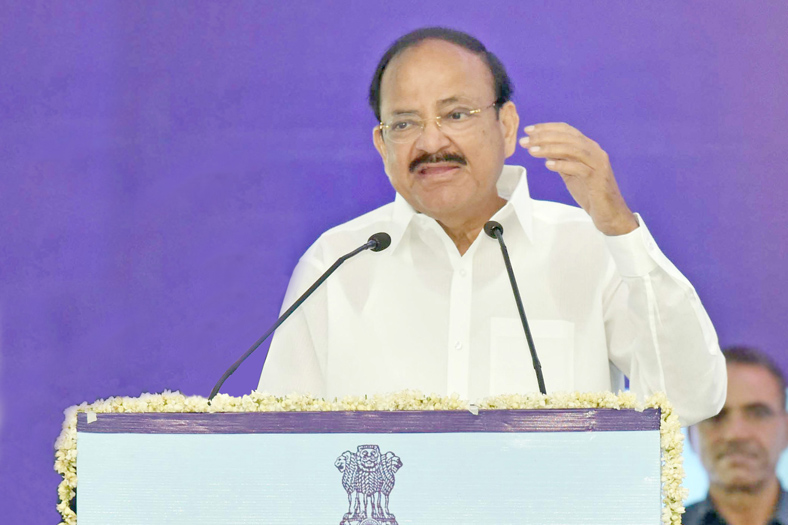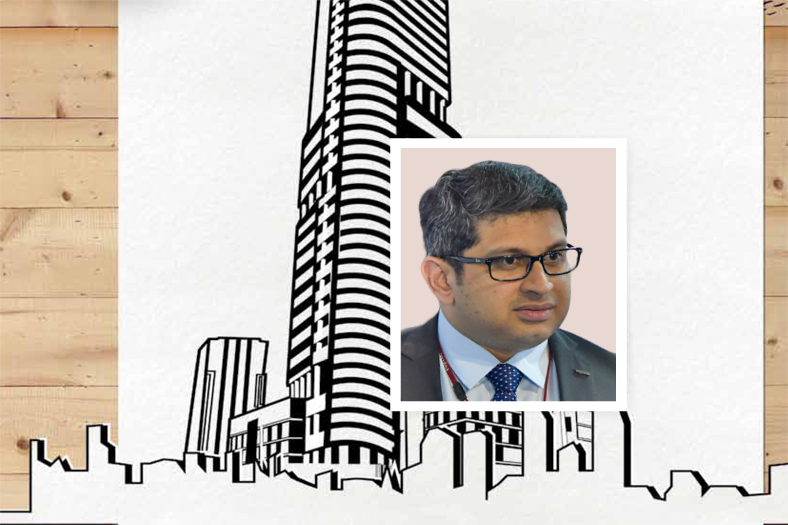‘Green’looksmore inviting! [Nov 2011]
‘Green’ looks more inviting!
“Sustainable construction calls for efficient utilisation of resources required in the process of building”, describes Harjith Bubber, CEO & MD, CCI Projects
Economic and industrial development has become the driving force of a country’s growth since industrial revolution. Though the positive aspects of such development have far outweighed the negatives, some of the fallouts have inevitably been a cause for concern. The most important has been the ill effect on environment.
Yet, organisations have managed to refute the belief that development cannot occur without adequate preservation and conservation practices. Several development-oriented companies have in recent times taken on the baton of corporate responsibility and bent it towards sustainable development. Among the many advocates of sustainable development is the real estate community that believes clean and green living does not impinge on the comforts of modern life.
Real estate developers are traditionally known to put economic feasibility over the long-term impacts of their construction. However, in recent times, with climatic imbalances and the increased threat to ecology, developers are starting to recognise the importance of long-term sustainability and planning for a greener future.
The construction practices currently in use often lead to wastage of space, congestion and inefficient use of natural resources. Developers therefore have a significant role to play in effectively neutralising the adverse impact of global warming. In India, real estate forms a major portion of the country’s economy – it contributes 6.5 per cent to the GDP. To cater to the growing population, cities are being cluttered with constructions leading to a proportionate increase in waste and fall in natural resources.
Data shows that energy consumption is also expected to increase over the next few years. In this scenario, it has become imperative to use eco-friendly practices for the entire span of the constructing process. A building designed and constructed in a sustainable way minimises the use of water, raw materials, energy and land.
While new technologies are being developed to address the needs of sustainable development, the fundamentals involve going back to basics, living as our ancestors did, of course facilitated by modern amenities.
Green – The Colour of EfficiencySustainable construction calls for efficient utilisation of resources required in the process of building. Here are some points that need to be pondered over. • Energy efficiency: Its gamut spans from optimising available energy resources – right from transportation of material to installation of building materials – to ensuring that homes help in conservation• Water efficiency: Optimal usage of water resources includes reducing wastage, ensuring an effective method of saving water, maintaining the quality of water supplied to homes and encouraging harvesting • Material efficiency: The idea is to use those materials for construction that have been certified as non-toxic, recyclable and renewable. It also involves usage of locally available raw material that will serve the dual purpose of cutting down energy wasted in transportation as well as save time and effort • Maintaining indoor environmental quality: The concept revolves around ensuring the comfort, security and well being of residents. Its main aim is to reduce the impurities in the air by installing an effective ventilation system for cleaner outdoor air or re-circulated filtered air from other occupied units • Responsible maintenance: This is as important as the construction itself. Putting a staff for operations and maintenance in place, training them in the working of a green building and educating them about the necessity of sustainability are all part of this responsible maintenance. • Reducing waste: A driving principle of sustainability is waste reduction during and after the construction of a building.
Footing the BillWhile sustainability has become the byword in recent times, the challenge has been in convincing people into adapting it into their business practices. The biggest hurdle has been communicating its cost effectiveness. There is a misconception about the economic viability of adapting sustainable practices in construction. It is true that green technology, new appliances, eschewing traditionally used raw materials in favour of more reliable ones, all come at a premium. But while the short-term expenses may be steep, the long-term gains over the lifetime of the building are 10 times more. Furthermore, the long-term advantages of adopting sustainable development far exceed any perceived strains on the wallet. In a country like India, this kind of development has taken on proportions of more than just an alternative lifestyle; it has become a solution to problems like population and pollution.
Indian builders are now coming around to accept sustainable construction as a means to provide better housing facilities. Several developers who have recognised the feasibility of green living are going back to basics – to the idea of community living.
The Green SignalThe government too is taking steps to encourage and reward green initiatives by. In 2007, the Bureau of Energy Efficiency (BEE) formulated the Energy Conservation Building Code (ECBC) the country’s first energy code that will have a major impact on the energy efficiency in buildings. The Ministry of New and Renewable Energy has initiated several programmes to study the usage of renewable energy sources in buildings. The Indian Green Building Council, a part of the Confederation of Indian Industry, was set up in 2001 on the lines of the Leadership in Energy and Environmental Design (LEED) in North America. LEED India rates buildings on energy efficiency and performance through construction, design and operations stage. TERI along with the Ministry of New and Renewable Energy set up the Green Rating for Integrated Habitat Assessment (GRIHA) – a national rating system. GRIHA rates commercial, residential and institutional buildings in India with emphasis on national environmental concerns, regional climatic conditions and indigenous solutions.
The current trend in construction is encouraging and indicative of the changing attitudes prevalent in the real estate community. There are approximately 375 green building projects registered under LEED India covering an aggregate area of 260 million square feet and 28 such projects registered under GRIHA with 1.3 million square feet.
Sustainable development may have been taken up by real estate developers initially as part of their responsibility to combat a modern menace that is threatening to spiral out of control. Nonetheless, its long-term advantages will be felt by every individual with a stake in saving the planet.
The colour green has never looked more inviting!
AuthorHarjith Bubber, CEO & MD,CCI Projects Pvt. Ltd.
Cookie Consent
We use cookies to personalize your experience. By continuing to visit this website you agree to our Terms & Conditions, Privacy Policy and Cookie Policy.
